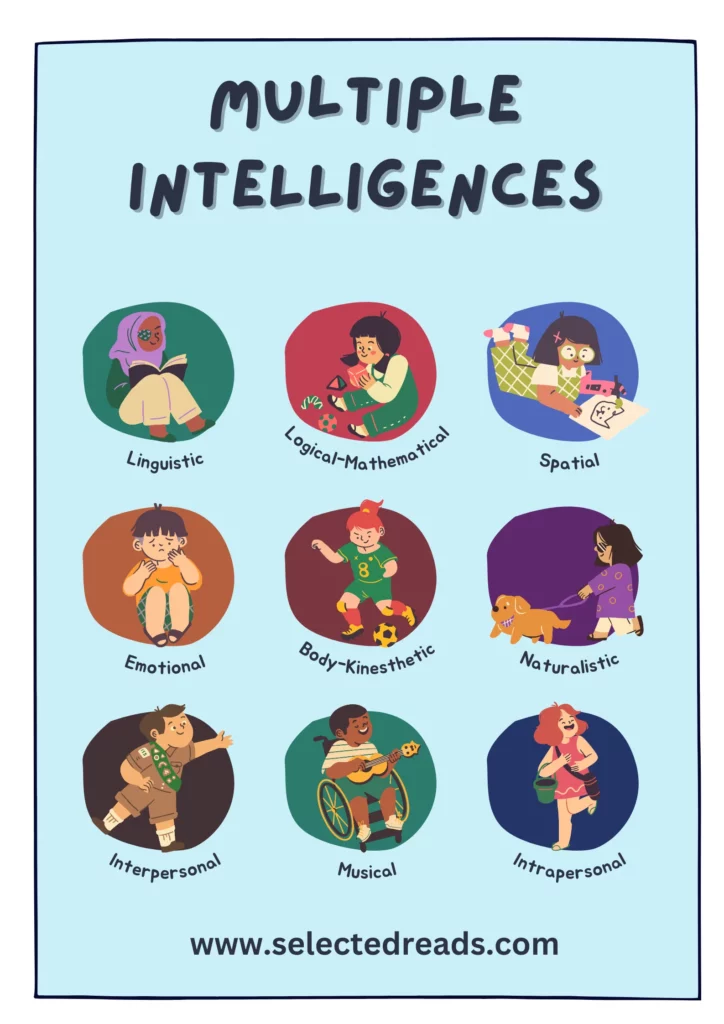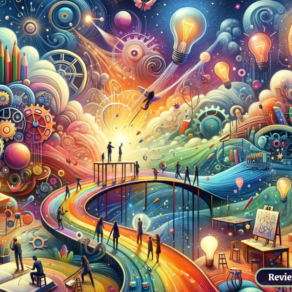Howard Gardner’s theory of Multiple Intelligences has radically revolutionized education. Since its introduction in 1983, a growing number of teachers and educators have and still are exploring its practical implications and applications in their immediate educational contexts. At the core of this concept is the idea that there is more than a single intelligence.
In his book Multiple Intelligences: New Horizons in Theory and Practice, Gardner distills his decades-long research on this concept covering topics such as global applications of the theory, its implications in the workplace, and new evidence about brain functioning. Multiple Intelligences has had a tremendous impact on education in that it repudiated the age-old concept of individual intelligence changed our understanding of individual intelligence. Its central contribution is that everyone has unique abilities and potential, which must be recognized in order to achieve educational success.
For a comprehensive critique of the learning styles theory, check out this post titled: “Research Papers Debunking Learning Styles Theory“
What are the 9 multiple intelligences by Howard Gardner
The 9 multiple intelligences (or types of intelligence) posited by Howard Gardner are:
1. Verbal-Linguistic – the capacity to use language for expression and communication.
2. Musical – the ability to think in musical patterns or comprehend music-related concepts
3. Logical-mathematical – the capacity to use logic and numbers to solve problems
4. Spatial – the ability to perceive visual objects in three-dimensional space
5. Bodily-kinesthetic – the capacity to use one’s body for expression or to control movement
6. Interpersonal – the capacity to understand, interact with, and relate to other people
7. Intrapersonal – the capacity to understand one’s own feelings and motivations
8. Naturalistic – the ability to recognize and classify elements of nature
9. Existential – the capacity to consider abstract questions about meaning, purpose, and identity.
These intelligences interact with and affect one another, so it’s important to consider all of them when assessing a person’s strengths, weaknesses, and potential. It is important to remember that each type of intelligence is not isolated; rather, they are interconnected in various ways. Gardner has emphasized the idea that there is no single type of intelligence that is universal across all people, but rather that an individual’s intelligence can be best understood by looking at their unique combination of intelligences.
This understanding can help to inform educational and occupational opportunities as well as life decisions. When assessing an individual’s strengths and weaknesses, it is important to consider not only their academic strengths and weaknesses but also their unique combination of multiple intelligences.
What is the main point of Gardner’s theory of intelligence?
The main point of Gardner’s theory of intelligence is that everyone has unique abilities and potential. He believes that traditional assessments such as IQ tests fail to take into account the individual strengths and weaknesses of each student. His research suggests that there are multiple types of intelligence, not just one single type, and that these different types of intelligence should be acknowledged and addressed in order to ensure educational success. He emphasizes the importance of creating personalized learning plans for students based on their individual talents, interests, and goals. Ultimately, Gardner’s theory offers an alternative approach to assessing students’ capabilities which could lead to greater success in the classroom.
How do multiple intelligences affect learning?
I believe that multiple intelligences can affect learning in many positive ways. By recognizing and addressing individual strengths and weaknesses, students are better able to understand the material being taught. Also, acknowledging multiple types of intelligence helps to create personalized learning plans which can be tailored to each student’s interests and goals. A learning environment that incorporates multiple intelligences encourages students to explore different learning strategies and cultivate meaningful learning experiences.
Howard Gardner’s Multiple Intelligences theory revolutionized how we think about intelligence and learning. More importantly, it has provided teachers and educators with pedagogical tools to create a more personalized classroom environment, one that fosters student growth and encourages creativity.
References:
- Multiple Intelligences Theory.” Learning Theories
- Multiple Intelligences: What Does the Research Say? Edutopia.
- How Multiple Intelligences Shape Learning . Very Well Family
- Understanding Howard Gardner’s Theory of Multiple Intelligences .
- Using Multiple Intelligences in the Classroom.
- Howard Gardner’s Theory of Multiple Intelligences, Center for Innovative Teaching and Learning (Northern Illinois University)






